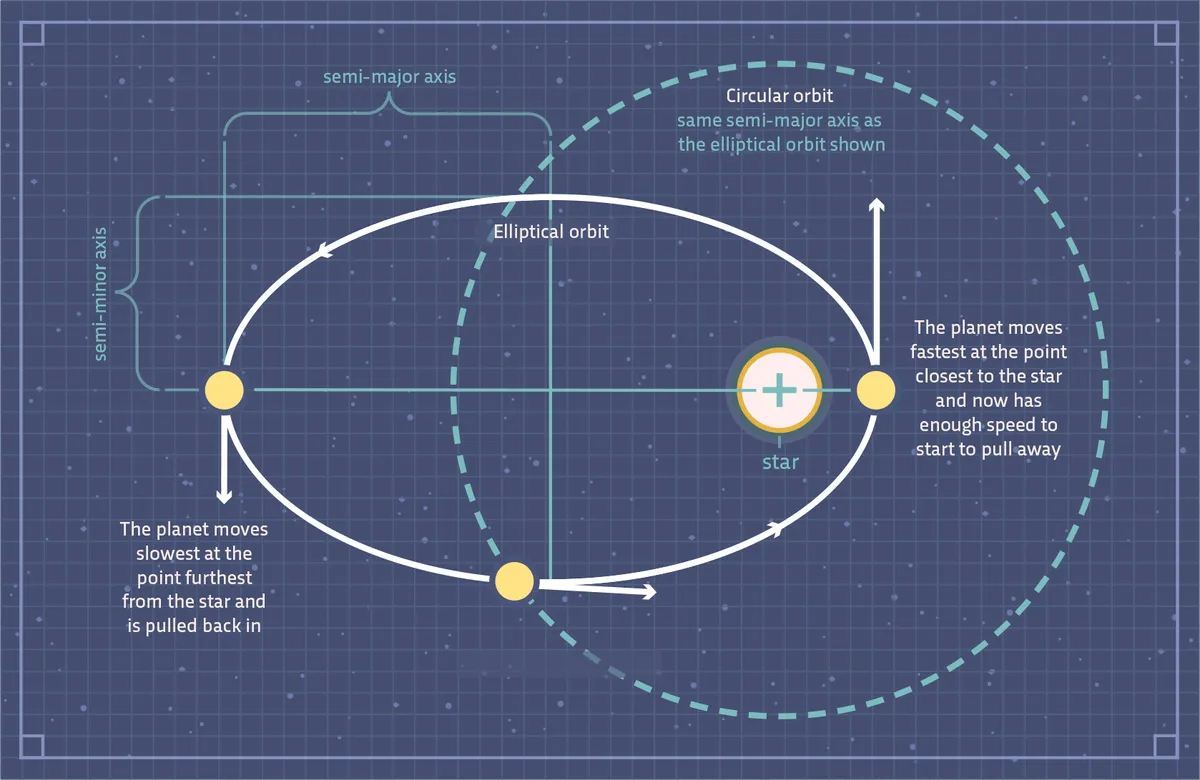Asked by: Alyssa S, Maine, USA
The orbit of an object around its ‘parent’ is a balance between the force of gravity and the object’s desire to move in a straight line. If the balance of forces is exact, then we get a circular orbit, but this is rarely the case.
Usually, an orbiting object possesses just enough speed to pull away slightly from its parent (but not escape it). This slightly larger orbit causes the orbital speed to reduce, so eventually the object will be moving slow enough to be pulled back in. Hence, the object’s distance from its parent oscillates, resulting in an elliptical orbit.

Subscribe to BBC Focus magazine for fascinating new Q&As every month and follow @sciencefocusQA on Twitter for your daily dose of fun facts.
